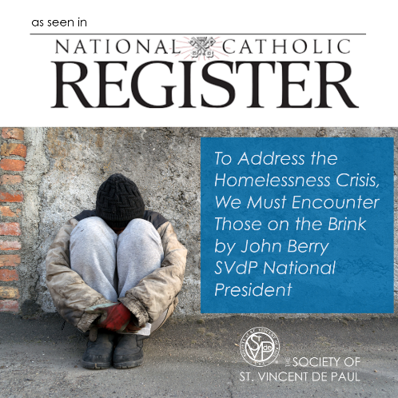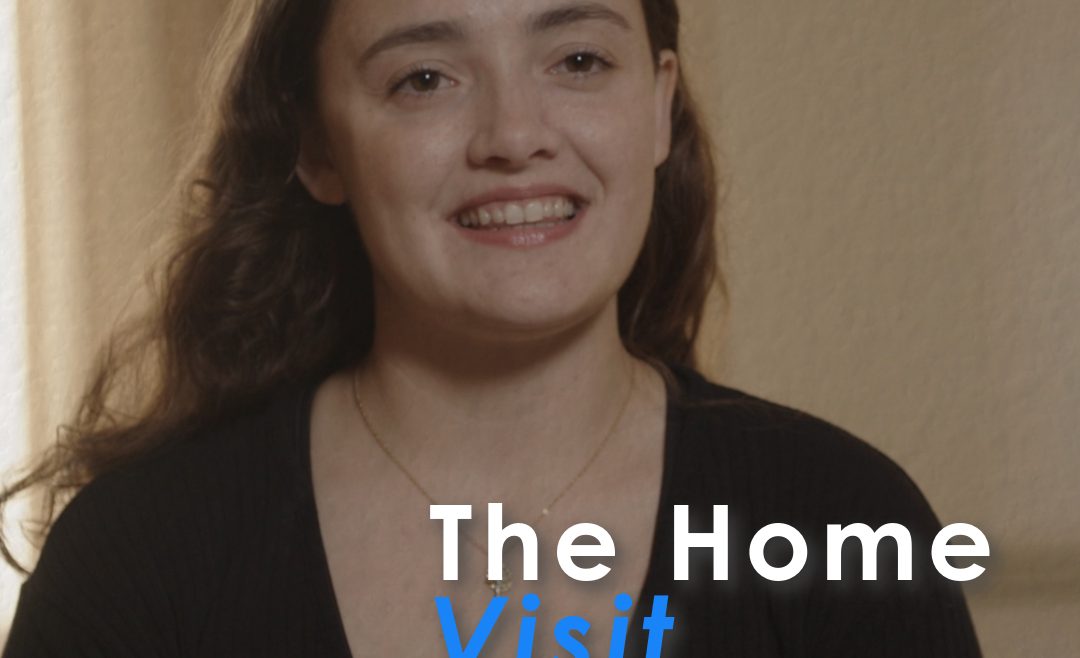Providing Health and Financial Freedom in North Texas
After spending 30 years working in finance, Luis Gonzalez sensed the Lord calling him to something new. After a cold call from a non-profit recruiter, Luis made a career change, and now he has been the CEO of SVdP North Texas since January 2022. Under Luis’ leadership, SVdP North Texas has expanded two signature programs that uniquely serve their community.
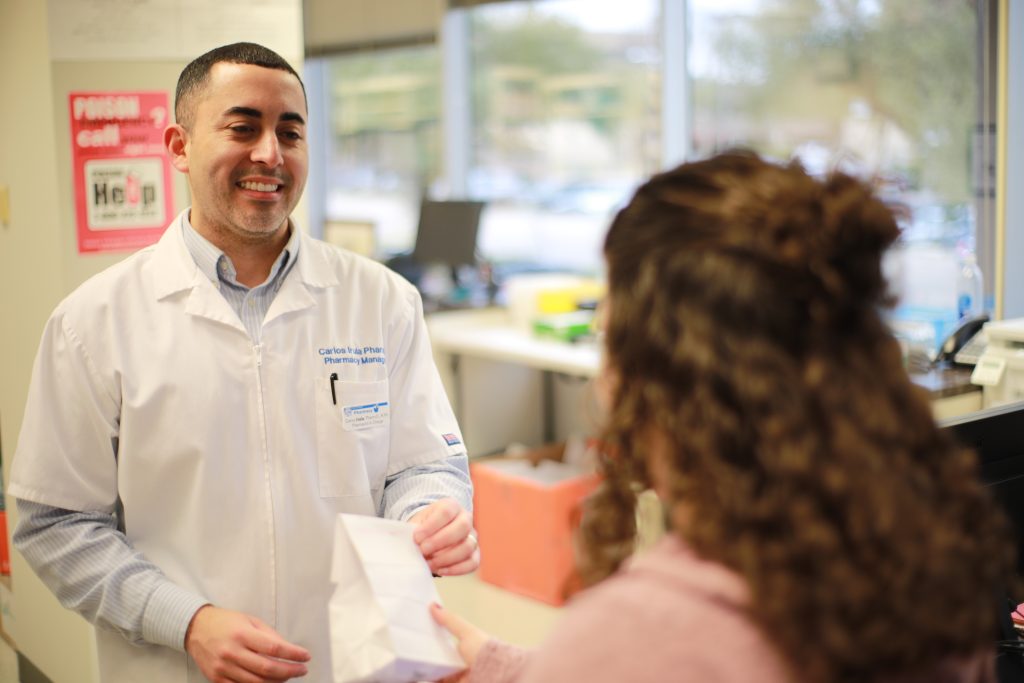
THE ST. VINCENT DE PAUL CHARITABLE PHARMACY is the only freestanding charitable pharmacy in Texas. By partnering with 300 clinics around the state, it uses an Amazon model to ship prescriptions state-wide. The service is completely free to uninsured individuals and has grown from filling 7,000 prescriptions in 2018 to more than 103,000 — or $100 million of medications — in 2024!
“Our pharmacy saves lives,” Luis says. “Most patients receive medication for chronic conditions like diabetes and hypertension.”
“A favorite story of mine about the impact of our Charitable Pharmacy actually involves one of our delivery drivers. Demetray* worked for us for four years delivering medications. After an unexpected hospitalization, he was prescribed daily medications that he couldn’t afford. We were able to enroll him in our program, provide his necessary medicines, and save him hundreds of dollars per month.”
THE MINI LOAN PROGRAM empowers people to find financial freedom by escaping cycles of debt and building healthy financial skills. SVdP North Texas connects individuals to partner banks and guarantees mini-loans of $500 to $4,000 to consolidate predatory payday and auto title loans into a low-interest loan with manageable monthly payments. To date, they have given out 475 loans. Recipients also receive financial coaching for the duration of the loan. When a loan is paid off, SVdP deposits $50 in the participant’s newly established savings account to encourage future saving.
“The spirituality of SVdP is unique. It’s a moment of encounter — encountering Christ in the poor and bringing Christ to them. It’s connecting our faith to works and action. Our motto is ‘Serve in Hope,’ and it is a blessing to show our neighbors in need that they can have hope because they are seen and loved.”
Luis is grateful for the opportunity to lead SVdP North Texas. “I want SVDP donors to know that their support enables us to show our neighbors that God cares for them, especially in their hour of greatest need. It is a privilege to work on behalf of our donors. Thank you for letting us serve in your name!”
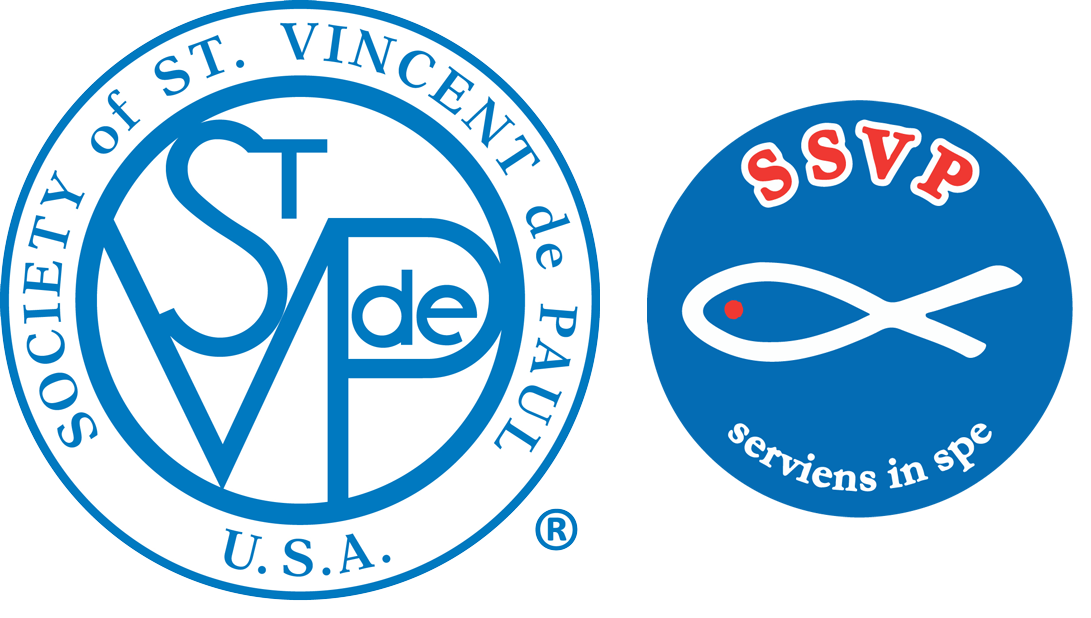
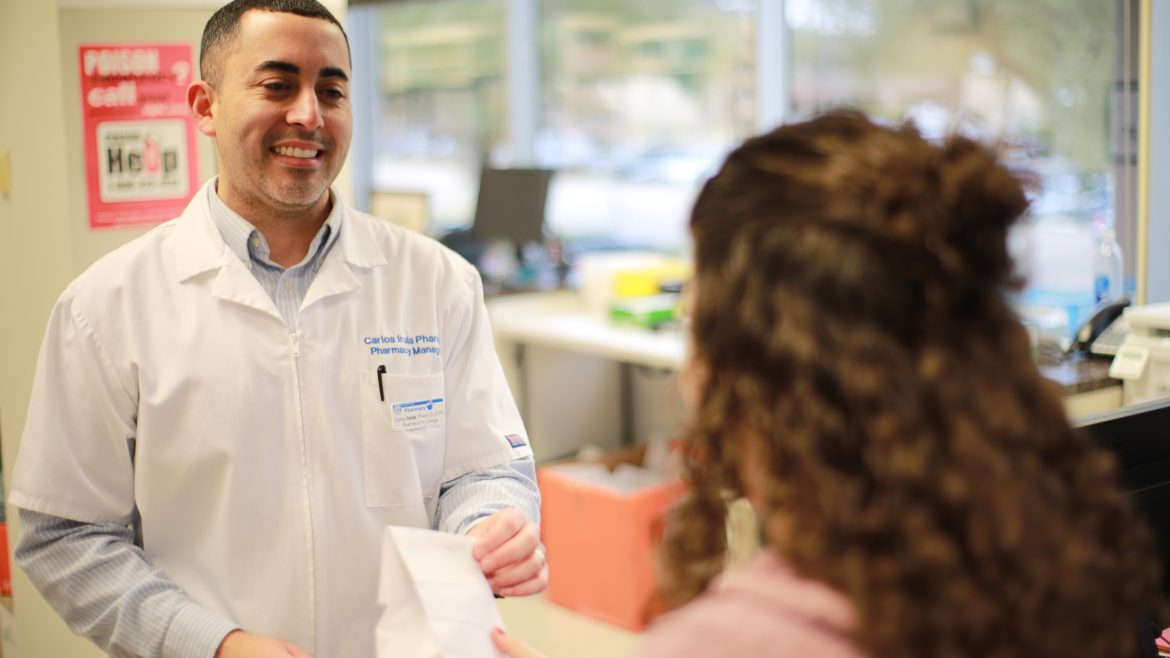
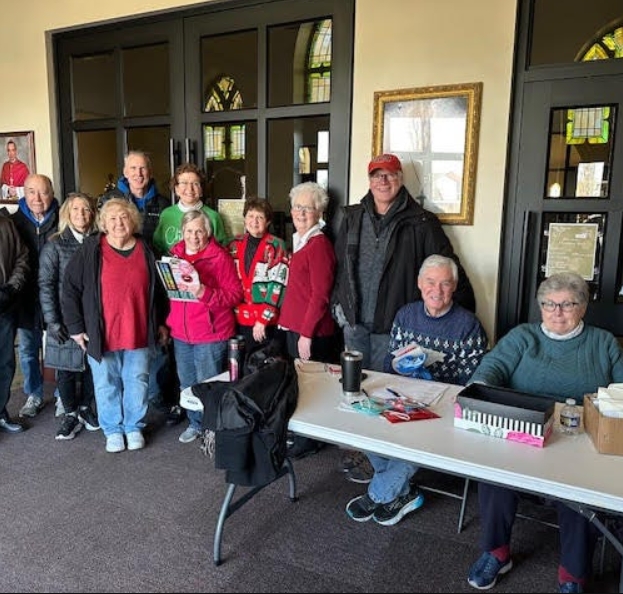
 Today, it works like this: Local conferences operate a hotline that neighbors in need may call. After a neighbor leaves their information on their voicemail, a Vincentian follows up for more details. In many cases, the local conference arranges a visit to the caller’s home to learn more about their situation and how they might help.
Today, it works like this: Local conferences operate a hotline that neighbors in need may call. After a neighbor leaves their information on their voicemail, a Vincentian follows up for more details. In many cases, the local conference arranges a visit to the caller’s home to learn more about their situation and how they might help.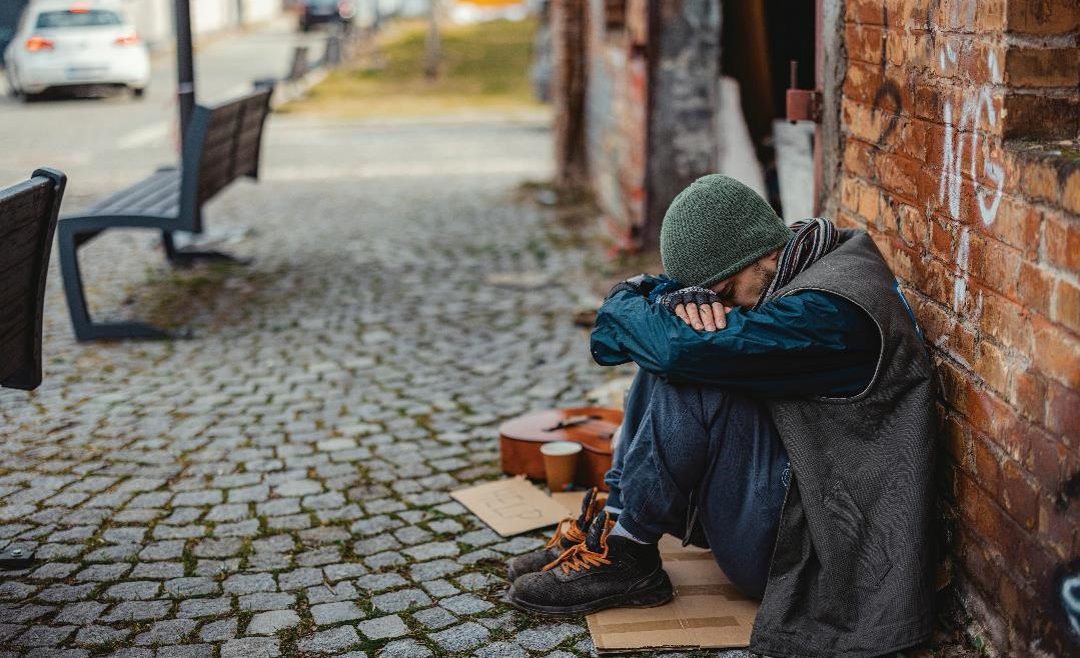
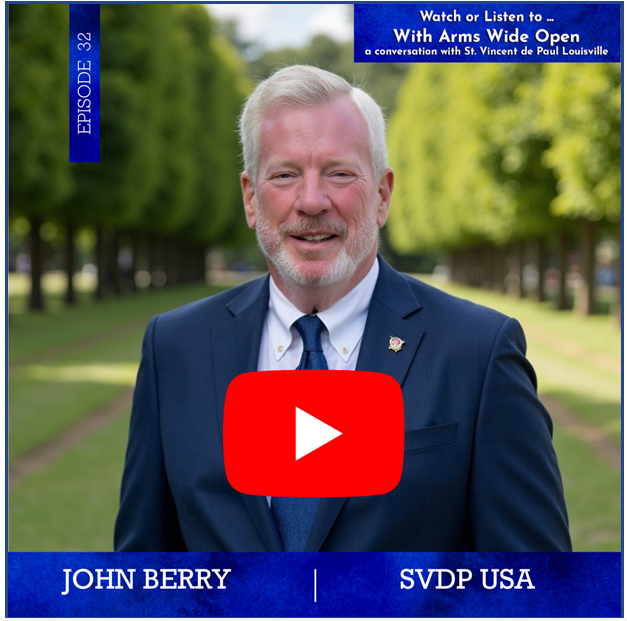

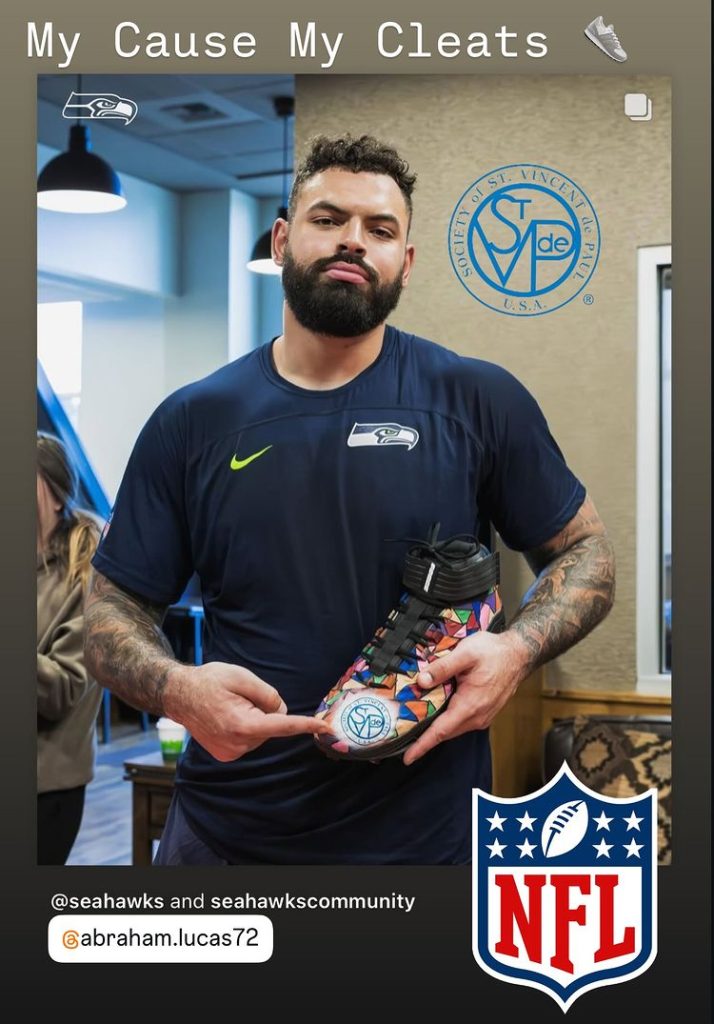 NFL Players wear custom cleats to support St. Vincent de Paul USA
NFL Players wear custom cleats to support St. Vincent de Paul USA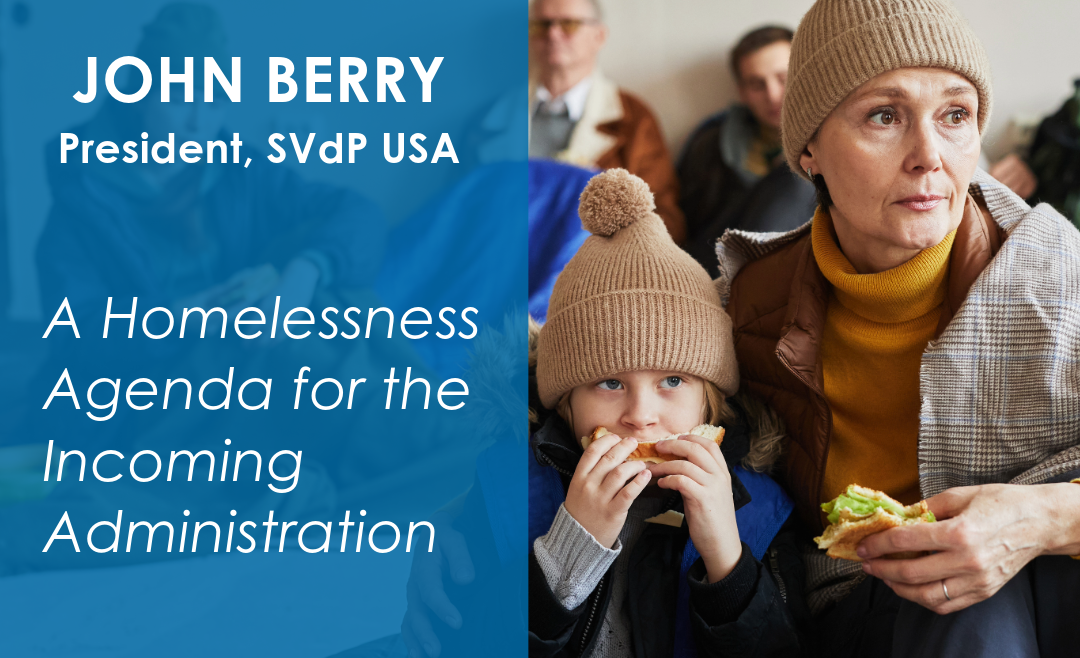
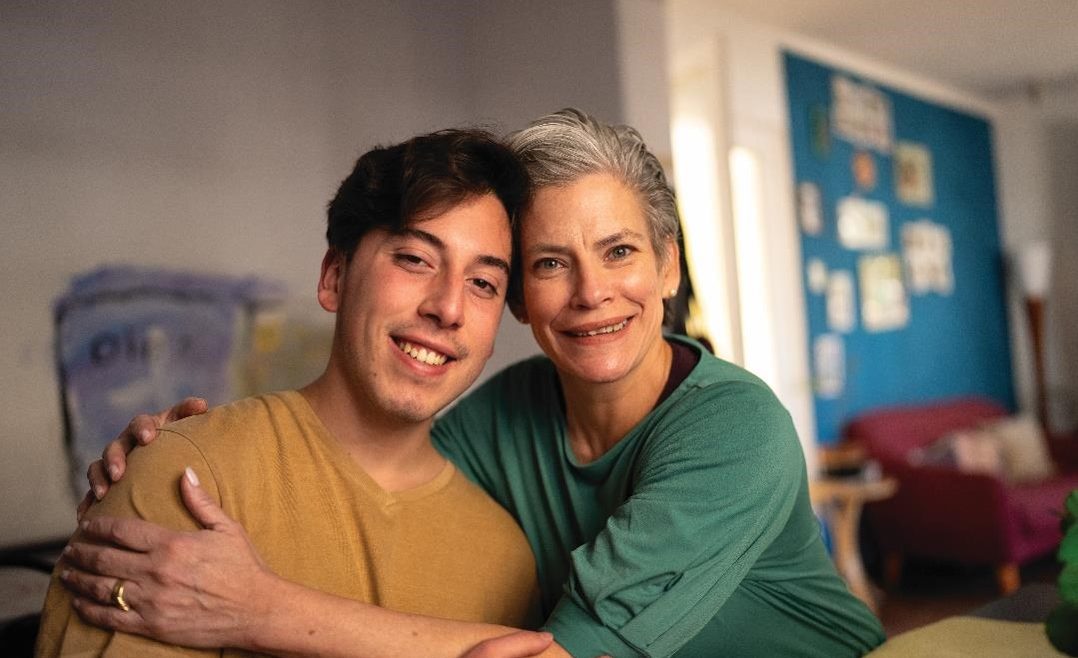
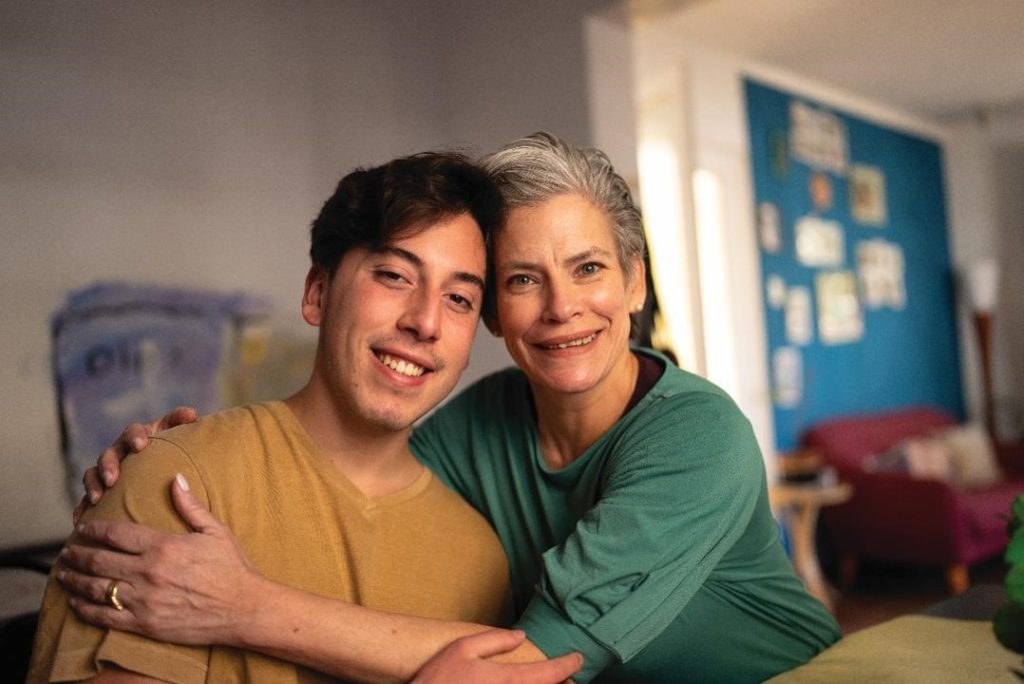 As a single mother to a grown, autistic son, Sarah faced a heartbreaking reality.
As a single mother to a grown, autistic son, Sarah faced a heartbreaking reality. THE RECENT GRANTS PASS U.S. SUPREME COURT DECISION ALLOWS LOCAL GOVERNMENTS TO MAKE IT A CRIME FOR SOMEONE TO LIVE OUTSIDE AND UNSHELTERED IF THEY HAVE NO HOME.
THE RECENT GRANTS PASS U.S. SUPREME COURT DECISION ALLOWS LOCAL GOVERNMENTS TO MAKE IT A CRIME FOR SOMEONE TO LIVE OUTSIDE AND UNSHELTERED IF THEY HAVE NO HOME.